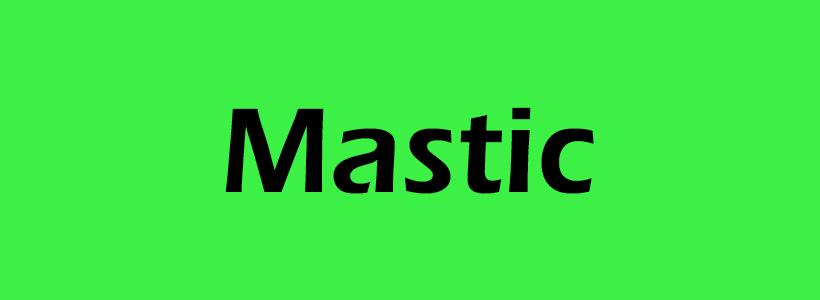Cleaning the screens
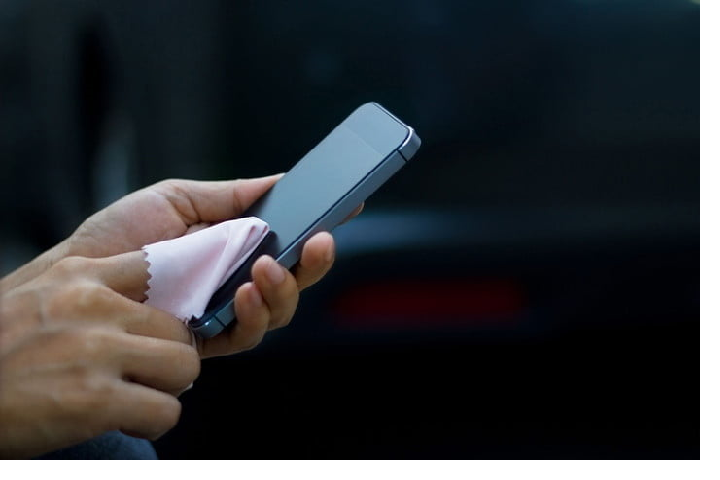
Nowadays, every household has modern gadgets and appliances including laptops, TVs, iPads, iPhones and others that have LED or LCD screens. Fingerprints, dust can find their way onto electronic screens. Apart from the annoying streaks it may create, it can also cause permanent damage to your screen if not cleaned properly.
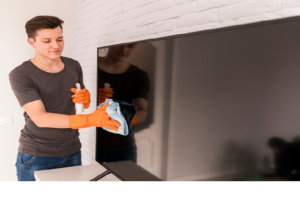
Luckily, there are natural cleaners you can make to clean dust off your screen. Here are some natural cleaners.
Screen cleaning is one of the necessary measures for people’s daily lives, but if cleaning is done too intensively, it can damage and reduce the efficiency of the screen. Cleaning the LCD and LED screens of phones, televisions, and laptops is a major concern, especially for people with small children.On the other hand, if these screens are not cleaned properly, it will cause serious damage to the LCD and LED screens, as well as leaving contamination on these screens.
Methods for cleaning phone, TV, and laptop screens at home:
- Home screen cleaning methods are both more accessible and affordable, so alcohol and (isopropyl alcohol), distilled water, and vinegar and distilled water can be used as home screen cleaning methods.
- You can use a two-to-one mixture of baking soda or baby powder with water to clean coffee stains and soda to clean screens.
Tips for cleaning phone, TV, and laptop screens at home:
- Try not to use tissuse paper to clean the screens because they have a rough texture and can damage and scratch the screens.
- Never spray cleaning solution directly onto the screen as it may enter the screen and cause damage and electric shock.
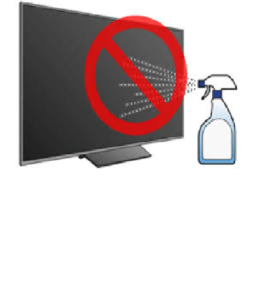
- To clean the screen, spray some cleaning solution on a microfiber towel and then wipe the screen with the towel.
- Use a gentle motion to completely wipe your screen. Repeat this motion until your screen is completely clean.
- Also, never use chemicals or products containing ammoniac, acetone, or toluene, as these substances dissolve some of the materials in the screen’s structure, causing discoloration, cloudiness, and damage.
- Turn off your screen so that it is not damaged and you can see the contaminants clearly.
- Tap water should not be used to clean LCD and LED screens because it leaves deposits, dust, and streaks on them.
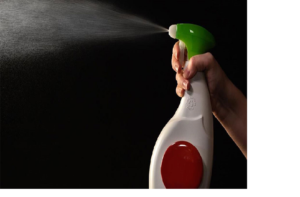
Sources:
Liu, X., Chai, C., Yao, Q., Pang, W., Cao, X., & Shen, D. (2022, September). Design and simulation of manual screen cleaner. In International Conference on Mechanical Design and Simulation (MDS 2022) (Vol. 12261, pp. 1346-1354). SPIE.
www.tipsbulletin.com/homemade-screen-cleaner
www.homemadesimple.com/in-the-home/how-to-clean-computer-screen



